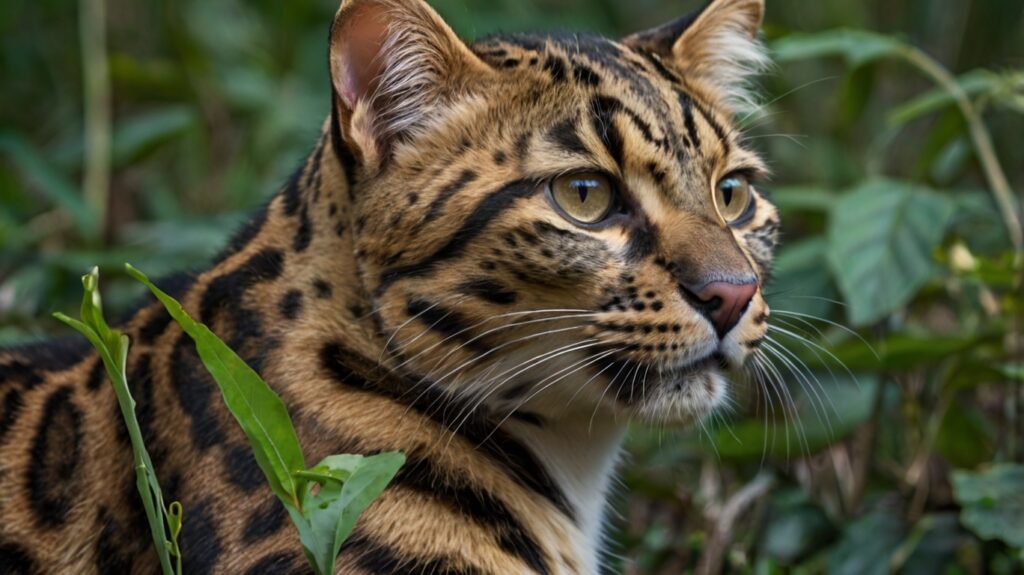Table of Contents
- Introduction
- Physical Characteristics
- Habitat and Distribution
- Diet and Hunting Behavior
- Reproduction and Lifespan
- Conservation Status and Threats
- Conclusion
- FAQs
Introduction
The Amur Leopard Cat (Prionailurus bengalensis euptilura) is a rare and fascinating subspecies of the leopard cat, native to the forests of East Asia. Known for its striking coat and elusive nature, this small wild cat plays a crucial role in its ecosystem. This article explores its physical traits, habitat, behavior, and the ongoing efforts to protect this endangered species.

Physical Characteristics
The Amur Leopard Cat is distinguished by:
- Size: Slightly larger than a domestic cat (50–75 cm in length, plus a 20–35 cm tail).
- Weight: 2.5–7 kg.
- Coat: Thick, pale gray or yellowish fur with dark rosettes and spots.
- Adaptations: Bushy tail, sharp retractable claws, and keen night vision.
Habitat and Distribution
- Native Range: Primarily found in the Amur River region, including Russia, China, and Korea.
- Preferred Habitat: Dense forests, riverbanks, and mountainous areas.
- Climate Tolerance: Adapted to cold winters with heavy snowfall.
Diet and Hunting Behavior
As a carnivorous predator, the Amur Leopard Cat primarily feeds on:
- Small mammals (rodents, hares)
- Birds and eggs
- Fish and amphibians
- Insects
It hunts primarily at night, using stealth and agility to ambush prey.
Reproduction and Lifespan
- Mating Season: March–April.
- Gestation: 60–70 days.
- Litter Size: 2–4 kittens.
- Lifespan: 10–13 years in the wild, up to 15 in captivity.
Conservation Status and Threats
- Conservation Status: Listed as Least Concern (IUCN) but declining due to habitat loss.
- Major Threats:
- Deforestation
- Illegal fur trade
- Human-wildlife conflict
- Protection Efforts:
- Wildlife reserves in Russia and China
- Anti-poaching laws
- Breeding programs
Conclusion
The Amur Leopard Cat is a remarkable yet vulnerable species that requires urgent conservation efforts. Protecting its habitat and combating illegal hunting are essential to ensuring its survival. Public awareness and stronger wildlife policies can help safeguard this elusive feline for future generations.
FAQs
1. Is the Amur Leopard Cat endangered?
While not currently endangered, its population is decreasing due to habitat destruction.
2. How does the Amur Leopard Cat differ from other leopard cats?
It has a thicker coat and larger size, adapted to colder climates.
3. Can Amur Leopard Cats be kept as pets?
No, they are wild animals and require specific habitats to thrive.
4. What is being done to protect this species?
Conservation programs focus on habitat preservation and anti-poaching measures.
5. Where can I see an Amur Leopard Cat?
They are rarely seen in the wild but may be observed in select wildlife reserves.
